Bring a touch of the Mediterranean to your summer bedding containers
What could be a better reminder of a Mediterranean holiday than a pot of bedding geraniums. They are ideal for all those who think that they cannot colour co-ordinate a hanging basket full of an assortment of summer bedding. A basket full of a single coloured geranium can look spectacular, and you don’t have to be particularly artistic. They come as either upright plants, great for troughs and pots, and trailing, or ivy leaved, for hanging baskets or the front of troughs and containers. The trailing ivy leaved varieties are smaller flowered than the uprights, whose flowers can reach 10 – 15cm (4 – 6”) across. The uprights are usually zonal, the normal summer bedding, regal, usually sold as houseplants, and scented-leaved, again usually just houseplants. The scented-leaved come in a large variety of scents including apple, apple/mint, camphor, lemon, lime and rose. The flowers are quite insignificant. Colours of the zonals are shades of red, pink, lilac and white. Ivy leaved varieties come in more or less the same shades as the zonals with the addition of a red/white stripe. The regals also come in the same shades with the addition of some strong burgundys, reds, purples and bi-colours.

They are originally from temperate and tropical regions with the majority from Southern Africa. They are evergreen perennials in their native habitat but in the UK are usually treat as annual bedding and discarded at the end of each season, but they are quite easy to overwinter in a frost-free greenhouse or on the spare bedroom windowsill. They are one of the easiest summer bedding plants to grow as they are quite tolerant if you forget to water for a couple of days and will flower happily if you don’t feed them.
Position
Must be in full sun and fairly sheltered as the wind will just knock off the petals.
Planting
Plant in containers, pots, troughs and hanging baskets after all danger of frost has passed. If you want to plant your containers before this place them in an unheated greenhouse to bring them on. Use a free draining compost such as John Innes No 3 as this contains a little food and drains well; they don’t like sitting in soggy compost as they tend to rot. Add a little controlled release fertiliser to the compost when planting. Place a piece of crock over the drainage hole in the bottom of the pot to prevent it becoming blocked with silt. Put plenty in a pot to give a great show.
Aftercare
Water sparingly as they don’t like to be sitting in sodden compost. If you haven’t added any fertiliser when planting give them a weak feed of Tomorite or other tomato food once a week, this promotes the formation of flowers. Dead head regularly.

Propagation
Take cuttings from non-flowering shoots and place 3 - 5 around the edge of a 10cm (4”) pot filled with a 50/50 mixture of John Innes Potting compost and horticultural grit. Place them in a semi-shaded spot until they have rooted and grown some more leaves, at this stage they can be potted on into potting compost. Plant out in spring when they have formed a good sized plant. Keep pinching out the growing tips to encourage new side shoots to form until you have a nice little bushy plant.
Overwintering
Geraniums can easily be overwintered, all you need is a light, frost-free windowsill, as they are usually quite expensive to buy why not try taking cuttings and keeping the parent plant. Just give them enough water to keep them from drying out, don’t keep the compost wet. In spring cut the parent plant back to about 7.5 - 10cm (3 - 4”) and increase the watering a little. If they grow spindly just keep pinching out the growing point until they have bushed out.
Pests and diseases
They can be prone to rots and moulds if they are too cold and wet.
Mealy bug and whitefly can also be a problem so keep them in a well ventilated position and at the first signs spray with a systemic insecticide or if they are outside feed the birds and the blue tits will pick the bugs off.
Vine weevil can infest the roots when they’re grown in containers outside and often the only sign is when the plant keels over and dies. Check the rest of the plants by taking them out of the pot and shaking off the compost. The weevil grubs are small and creamy white with a brown head and curled into a crescent shape. The only remedy is to take all the compost off the roots and wash them to remove every trace. Clean out the container and replace in fresh compost.

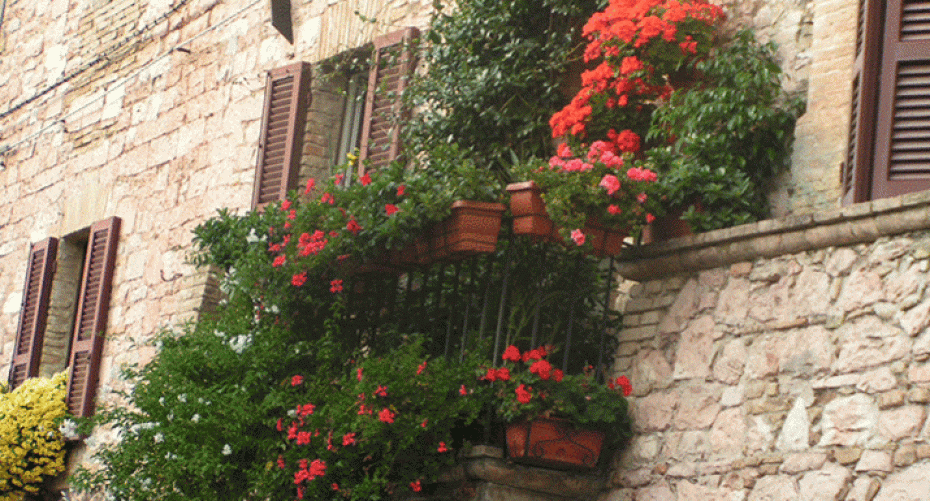

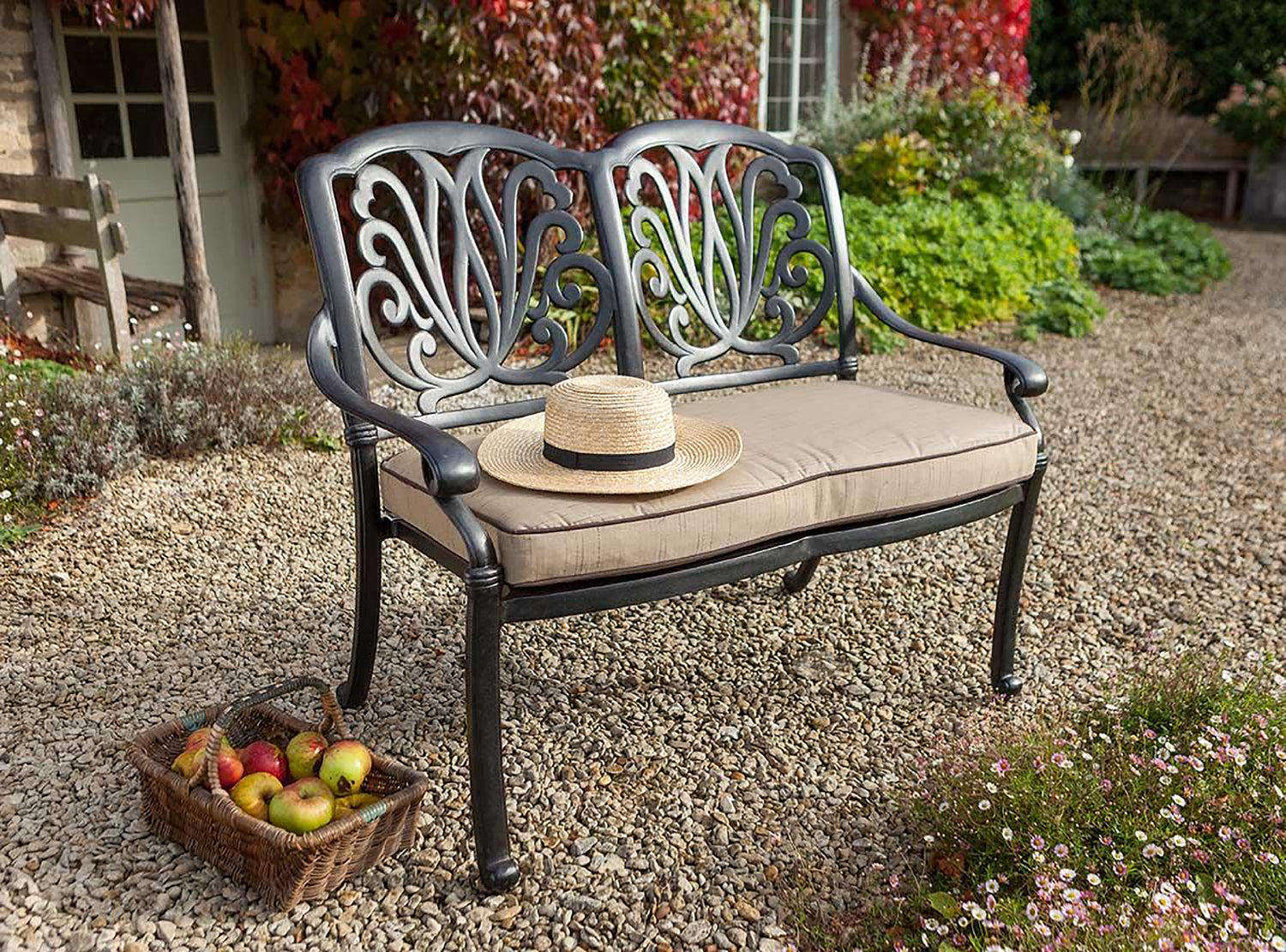
![Kingsbury-bench-05[1].jpg](http://www.hayesgardenworld.co.uk/cdn/shop/files/Kingsbury-bench-05_5B1_5D.jpg?v=1712162737&width=1500)
![Kingsbury-bench-01[1].jpg](http://www.hayesgardenworld.co.uk/cdn/shop/files/Kingsbury-bench-01_5B1_5D.jpg?v=1712161065&width=1500)
![tw17a-4947_0[1].jpg](http://www.hayesgardenworld.co.uk/cdn/shop/files/tw17a-4947_0_5B1_5D.jpg?v=1712161495&width=1500)
![tw17a-4947_tenbury_5ft[1].jpg](http://www.hayesgardenworld.co.uk/cdn/shop/files/tw17a-4947_tenbury_5ft_5B1_5D.jpg?v=1712161172&width=1500)
![tw17a-4952_tenbury_4ft[1].jpg](http://www.hayesgardenworld.co.uk/cdn/shop/files/tw17a-4952_tenbury_4ft_5B1_5D.jpg?v=1712161034&width=1500)
![thumbnail_IMG_1565-kik_2[1].jpg](http://www.hayesgardenworld.co.uk/cdn/shop/files/thumbnail_IMG_1565-kik_2_5B1_5D.jpg?v=1712226536&width=1500)
![thumbnail_IMG_1565-kik_1[3].jpg](http://www.hayesgardenworld.co.uk/cdn/shop/files/thumbnail_IMG_1565-kik_1_5B3_5D.jpg?v=1712159637&width=1500)
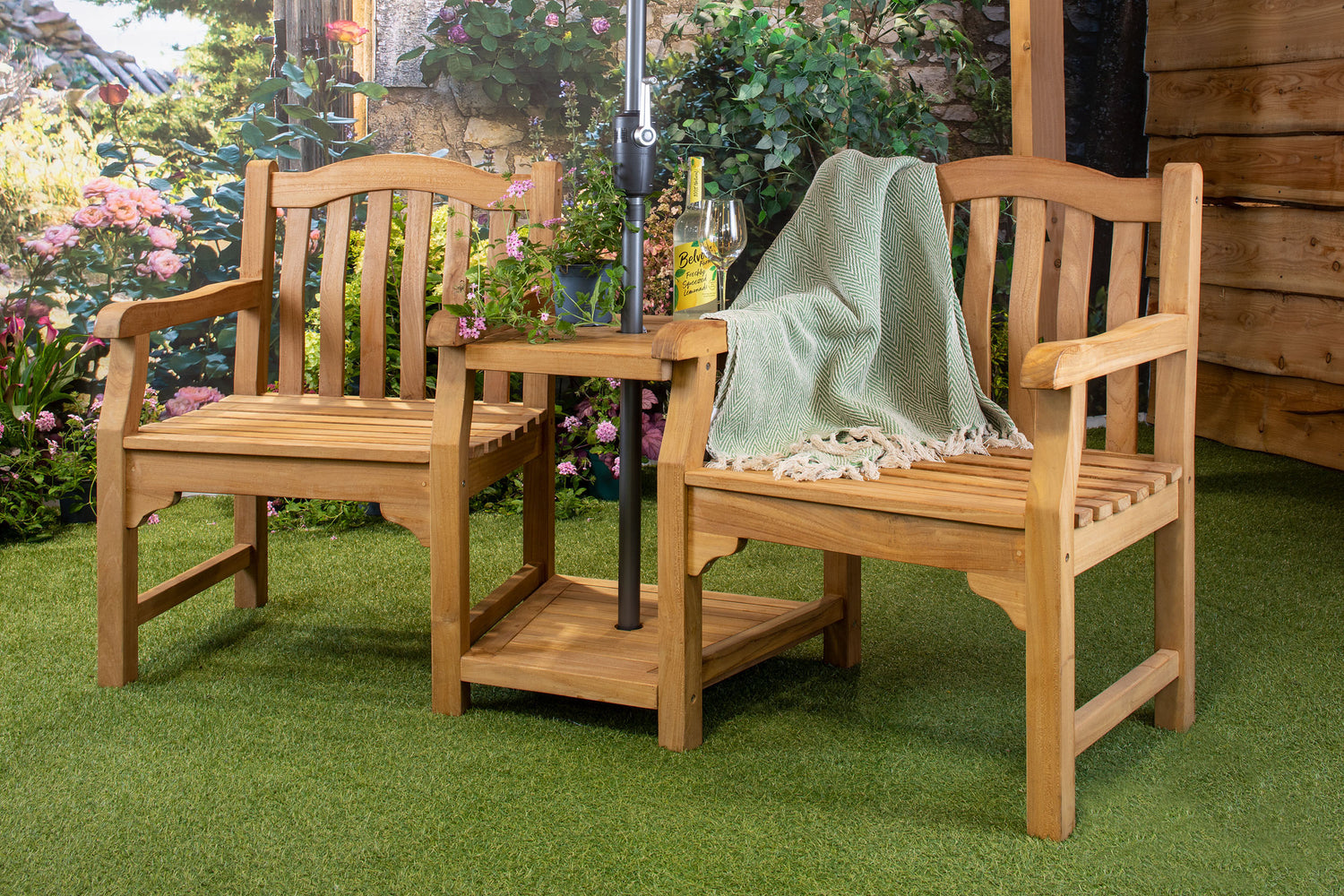
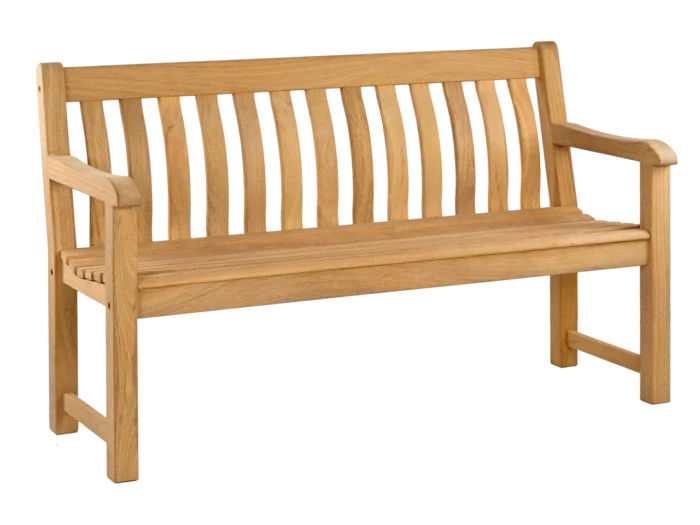
![WD-XgESA[1].jpeg](http://www.hayesgardenworld.co.uk/cdn/shop/files/WD-XgESA_5B1_5D.jpg?v=1712159609&width=1500)